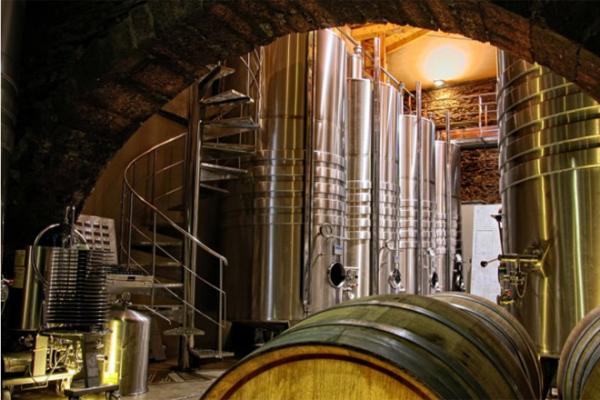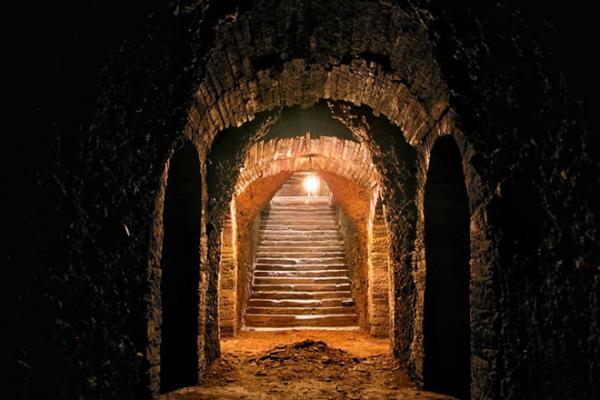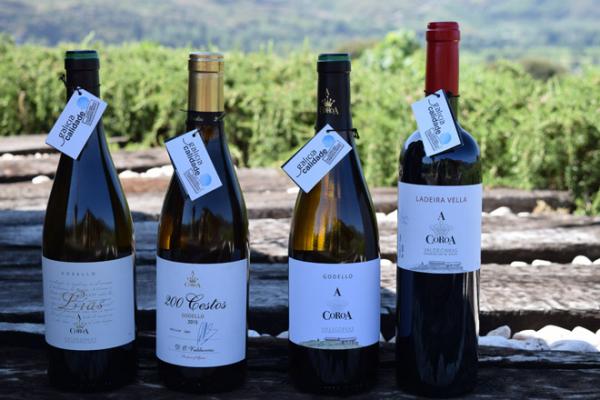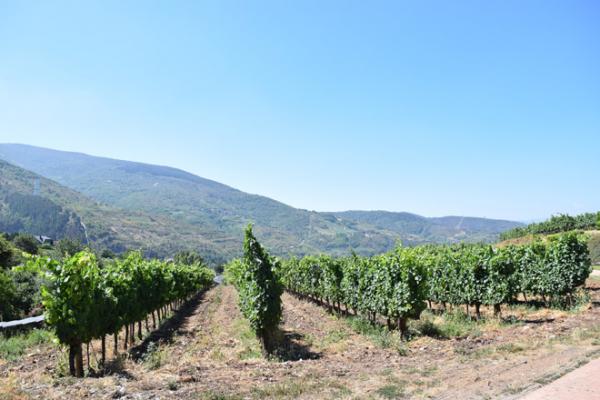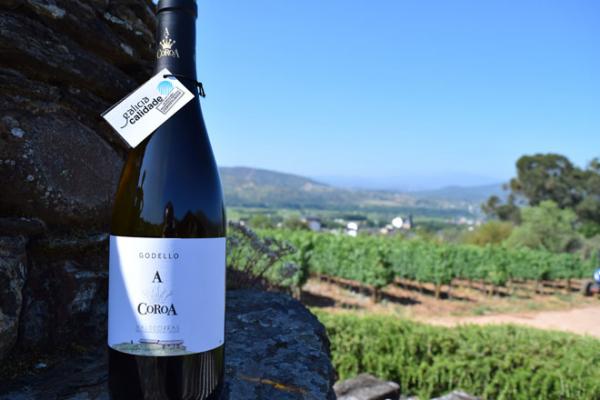Nairoa, wines that give prestige to the Treixadura grape
The Nairoa winery, located in the valley of the river Arnoia, is one of the Ribeiro wineries that is flying the flag for Treixadura, the dominant variety of the denomination of origin. The company has four blends on the market with Treixadura as a reference and in 2018 will launch a single-varietal wine from this grape. “This is a variety that brings distinction and elegance to the wines” – Nairoa’s director, Guillermo Diez states-. “It has now started to be recognised in the wine world and we are gradually putting Treixadura in the place it deserves in the Ribeiro”.
The winery’s main commitment in the market is focused on “Alberte”, a wine that combines 85% Treixadura with 10% of Albariño and 5% Lado a native grape of the Arnoia region, where the winery is located. “Each grape has certain characteristics, the Lado is a grape that provides freshness to the wine, while Albariño above all provides aromatic components,” stresses Guillermo Diez. “With the assembly of the three varieties, we achieve the wine that we seek which gains in complexity and interest.”
From “Alberte”, the winery annually launches on the market about 60,000 bottles, out of a total of almost 200,000 that it produces each year. “It is a wine that is engaging the attention in international markets, such as the United Kingdom, Mexico, the United States or Sweden, among others We have the capacity for growth, but we are interested in taking care of the quality more than the amount,” says the winery’s director.
Nairoa primarily works with small wine growers of Ribeiro, who maintain a stable relationship of collaboration with the winery, in controlled vineyards where the quality of the grapes is rewarded. The winery opts for autochthonous varieties, which it uses exclusively in its two main brands, the aforementioned Alberte and Val of Nairoa, a blended variety of Treixadura, Albariño, Loureira and Lado with a manufacturing process that includes the freezing of the grape’s skin.
The freezing process, which the winery exclusively uses, consists in putting the grapes in a freezing tunnel before their processing. “With this system we manage to break down the skin structure so that there is a greater contribution of aromas and tannins to the wine. It is a taste that the public looking who is for something different really likes. People who try it usually comment that it reminds them of a wine aged on lees, which is an opinion that I share, or even relate this wine with an aging in barrels, when it does not have any of these processes”, explains Guillermo Diez.
Awards
The characteristics of Val of Nairoa earned it 90 points in the prestigious International Robert Parker Guide. The winery has received many awards in recent years, although the one that they most proudly display is the first prize in the Popular Wine Tasting of the Feira do Ribeiro 2016. “It is a blind tasting where consumers taste the different wines and choose which they like best. The awards that a specialist jury give us are important, but this award is unique as it is given by consumers, and this especially excites us”, recognises Guillermo Diez.
The offer of the winery’s whites is completed with two mid-range wines, Val de Couso and Nairoa, which combines a base of Treixadura with a percentage of authorised Ribeiro varieties, such as Torrontes. “In certain markets, these are the wines that are of most interest. We find for example that in Japan, Nairoa is the wine that best works”, they tell us at the winery.
The main market share of the winery is located in Galicia, with around 60% of sales, while 25% of its wine is sold in the rest of Spain and 15% at international level. With regards to the Spanish market, in Nairoa they highlight the prestige that Galician white wines have attained, a recognition where the seals of the Galician denominations of origin contribute as, in the case of Nairoa, as well the Galicia Calidade seal, which is already recognised and valued by the consumer.
Projects
The winery is working on the launch of new wines on the market. One of the most immediate is the single varietal wine of Treixadura, which will be expected to go on sale next April. “The market erroneously calls for the new vintages too quickly, but we think that the ideal time to launch Ribeiro wines is not before March-April,” said Guillermo Diez-. “In fact, one of our wines, the Val of Nairoa, is even a second year wine, not a young wine,” he remarks.
Another of Nairoa hopes is a white on lees, which it has been evaluating for a couple of years and will be bottled under the Alberte brand. While the winery has clearly opted for white wines, it also sells a blended red wine called “Terralonga” and will complete its offer of red wines with the launch in 2018 of an “Alberte” red wine, which will be made with a blend of Mencia and Brancellao.
